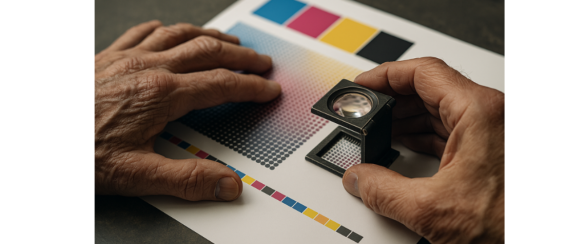The British Printing Industries Federation (BPIF) has published new research offering an overview of gender, age, ethnicity, and company demographics in the UK printing industry. The data is based on analysis from the Office for National Statistics (ONS).
The report estimates that in 2024 the UK printing industry generated £13.7 billion in turnover, with 6800 companies employing 93,000 people. On gender, the study found that 70% of printing employees were male and 30% female, compared with 72% male and 28% female across manufacturing as a whole. While the proportion of women in the wider workforce rose in the years leading up to 2020, it has declined slightly since.
The average age of printing employees in 2024 was 43.4, compared to 42.3 across the UK working population and 40.9 for the overall population. The BPIF notes that while the printing workforce remains slightly older than average, the increase in its median age has been slower than that of the wider population over the past decade.
Ethnicity data showed that 88.2% of the printing workforce is white, compared with 84% across the total UK workforce. The proportion of Black workers is 2.6%, Indian 3.9%, mixed 1.4%, Pakistani 1.2%, and other Asian 1.0%, with smaller groups making up the remainder. The BPIF notes that these figures are estimated from manufacturing data, as printing-specific ethnicity data is not yet available.
The report also highlights the structural profile of the sector. Three-quarters of UK printing companies employ fewer than 10 people, and only around 50 businesses have 250 or more employees. Just over a third of companies have turnover below £100,000, while around 5% exceed £5 million in turnover but account for approximately 75% of total industry revenue.
Almost two-thirds of companies in the sector are at least 10 years old, while 9% were formed within the past two years, reflecting both the maturity and continuing renewal of the industry.
News Courtesy : Digitalprinter



